Successful IVF treatment after ruling out any fertility issue via ERA test and Hysteroscopy procedure

A homemaker, 34 years old, from Davangere, and her husband, police personnel, visited Nova IVF Fertility, Bangalore. They were referred by their friend who had a positive outcome and had suggested that they consult a fertility specialist at Nova IVF Fertility, Bangalore.
Before coming to Nova, the patient had undergone 2 failed cycles of IVF, and the doctors concluded that the failure was due to her uterine issues. Post this outcome, the couple visited Nova with the hope that something would work out.
Pre-Pregnancy tests and their outcomes
During her first visit at Nova IVF facility, to understand her uterine condition and fitness to carry out the pregnancy successfully, along with the routine pre-pregnancy blood tests, she was advised a complete analysis with hysteroscopy and ERA.
Hysteroscopy and her ERA results ruled out any uterine abnormality. All her blood tests were normal. Her husband’s sperm evaluation showed healthy sperm, and his blood test also showed no complications.
Hysteroscopy Procedure
Hysteroscopy is a standard procedure to check if the female’s uterus is healthy enough for conception and pregnancy. In hysteroscopy procedure, a thin telescope-like device is inserted into the uterine cavity through the vagina, allowing the surgeon to take a close look inside the uterus. Hysteroscopy is used to diagnose if there are any fibroids, polyps or any other abnormalities. Hysteroscopy is also used for extracting and sending an endometrial sample for biopsy.
ERA Test
Endometrial Receptivity Array (ERA) test helps determine the personalised window of implantation in case of displacement and facilitate a personalised embryo transfer (pET).
Molecular-level analysis of endometrial tissue helps understand endometrium readiness to accept the embryo. Usually, day 3 embryos are transferred after the 3rd day of progesterone intake, and similarly, day 5 embryos (blastocysts) are transferred after the 5th day of progesterone intake. The ERA test results help detect any deviation in embryo transfer timing and thereby impact the success of a transplant. Once the ERA test helps understand if there is an endometrial readiness timing deviation, the embryo transfer is planned accordingly.
The ERA test is recommended for patients who have suffered recurrent implantation failure even with very high-quality embryos.
When performing a personalised embryo transfer, chances of pregnancy are increased in assisted reproduction treatments. The ERA tests have resulted in a 73% pregnancy success rates in patients with implantation failure.
Fertility treatment protocol suggested by Nova doctors
The hysteroscopy revealed that the patient had a healthy uterine cavity and the results of the ERA test were also normal.
Considering the patients’ age, she was advised to undergo IVF treatment. Following a mild stimulation protocol, she had 10 very good quality eggs extracted. IVF was done, and this resulted in 5 blastocysts. Of these, 2 embryos were transferred on day 5.
In Vitro Fertilization (IVF) is a standard infertility treatment for patients who are unable to conceive naturally. In IVF treatment, the ovaries are stimulated to develop multiple follicles, by using fertility drugs. The mature eggs are subsequently retrieved from ovaries and fertilised by sperm in a lab. Then the fertilised egg consequently becomes an embryo and is transferred into the uterus.
While one full cycle of IVF takes about three weeks, sometimes these steps are split into different parts, and the process may take longer.
As a result of the carefully monitored treatment, the patient conceived with twins and was sent to her gynaecologist for her follow-ups.
 Infertility Counselling
Infertility Counselling Female Infertility Treatment
Female Infertility Treatment Andrology Treatment
Andrology Treatment Fertility Enhancing Surgeries - Female
Fertility Enhancing Surgeries - Female Fertility Enhancing Surgeries - Male
Fertility Enhancing Surgeries - Male Endoscopy Treatment
Endoscopy Treatment IUI Treatment
IUI Treatment IVF Treatment
IVF Treatment ICSI Treatment
ICSI Treatment Advanced IVF Solutions
Advanced IVF Solutions Embryology
Embryology Vitrification Egg, Embryo, Sperm Freezing
Vitrification Egg, Embryo, Sperm Freezing Preimplantation Genetic Testing (PGT)
Preimplantation Genetic Testing (PGT) Donation Program Embryo / Egg / Sperm
Donation Program Embryo / Egg / Sperm Self-cycleTM IVF
Self-cycleTM IVF

 Self-cycleTM IVF
Self-cycleTM IVF


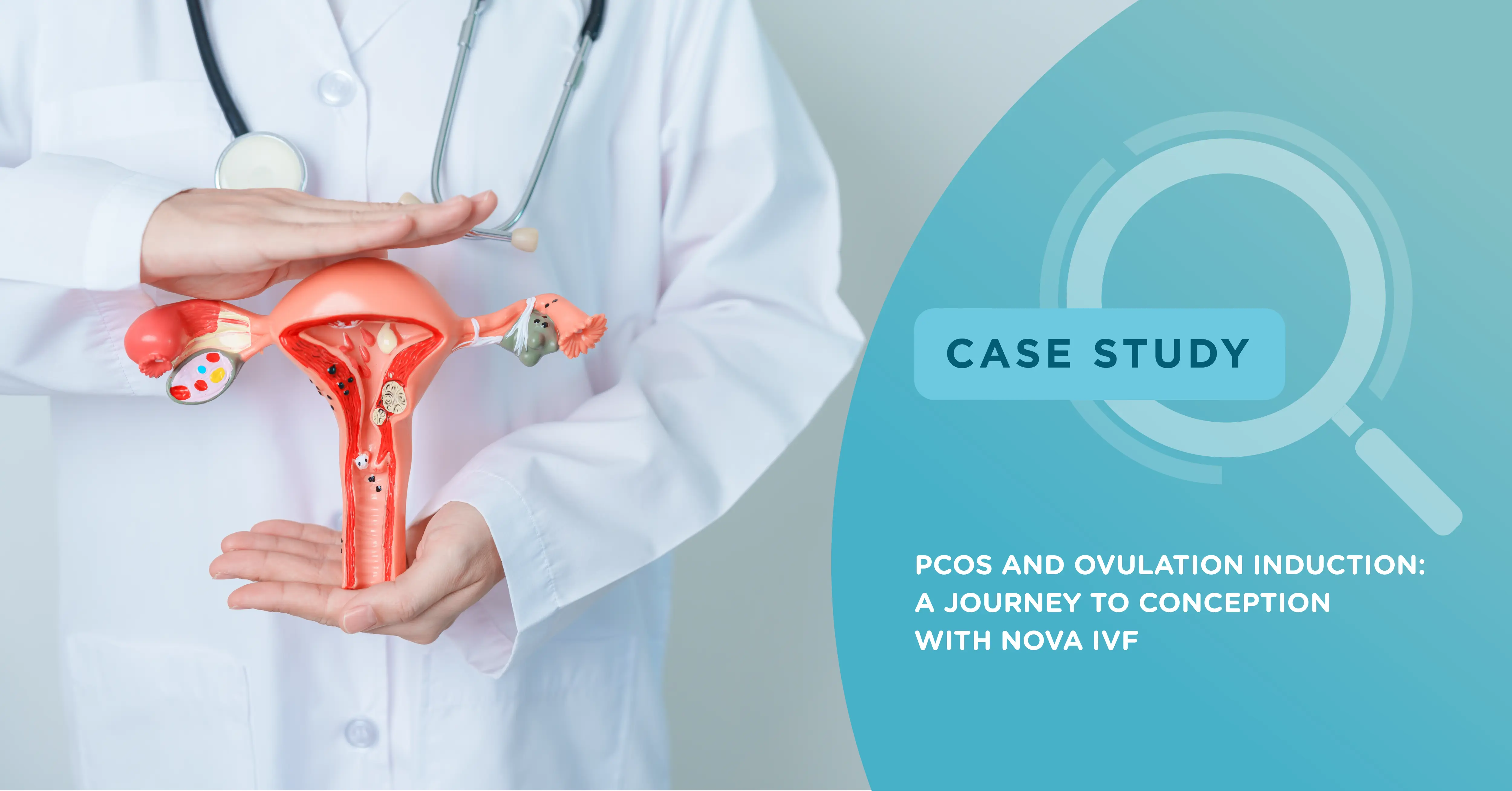
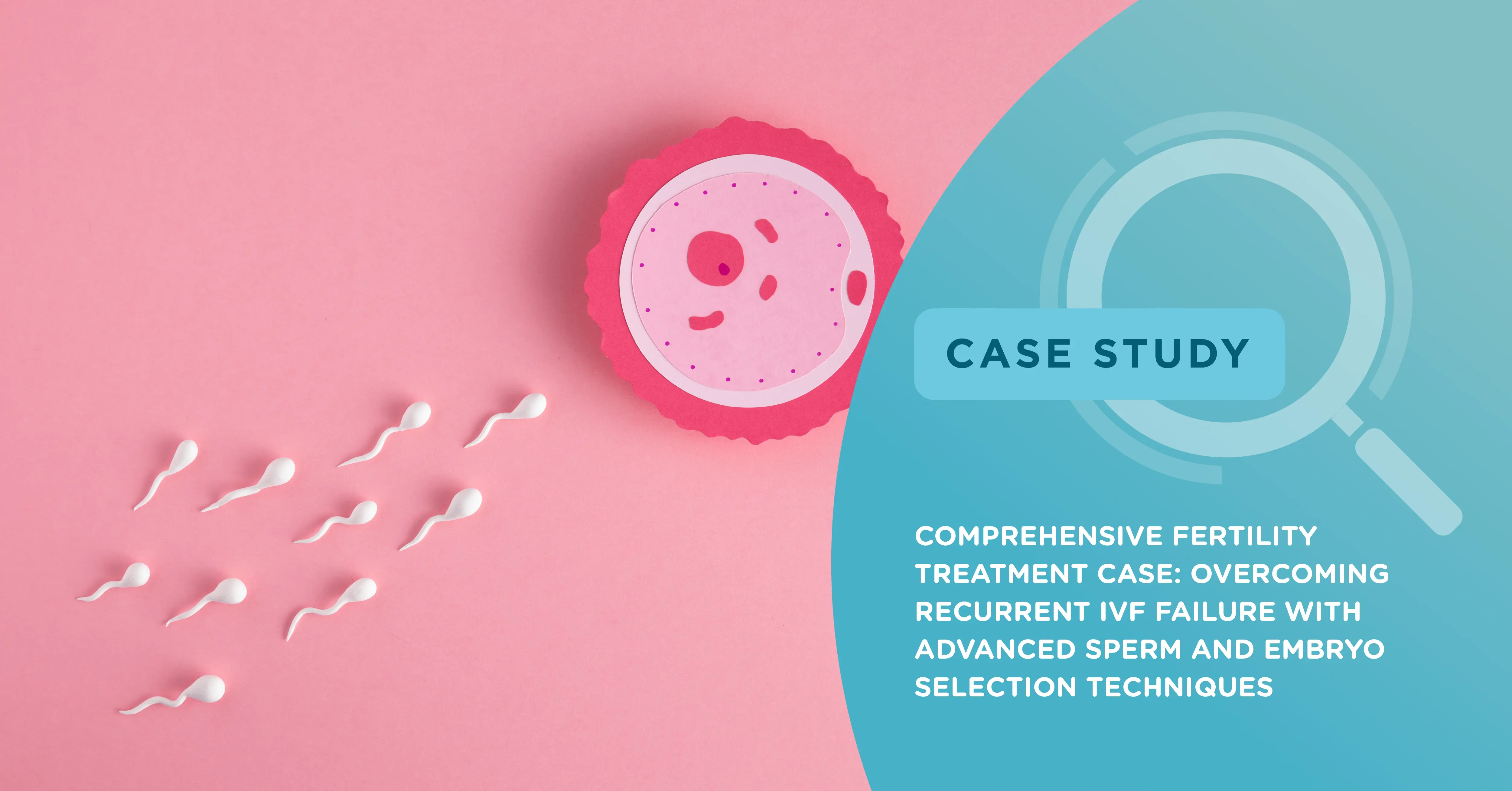
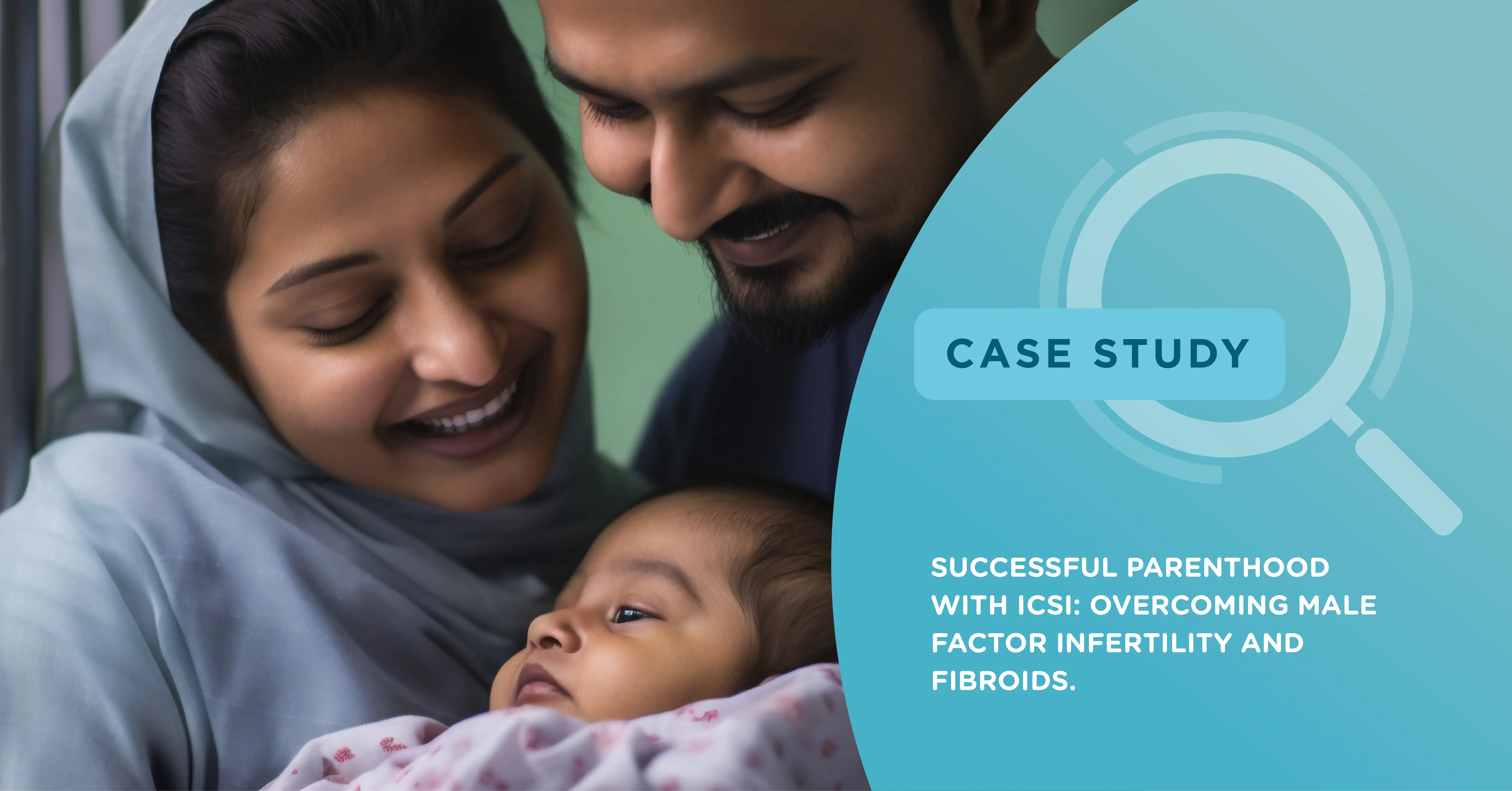
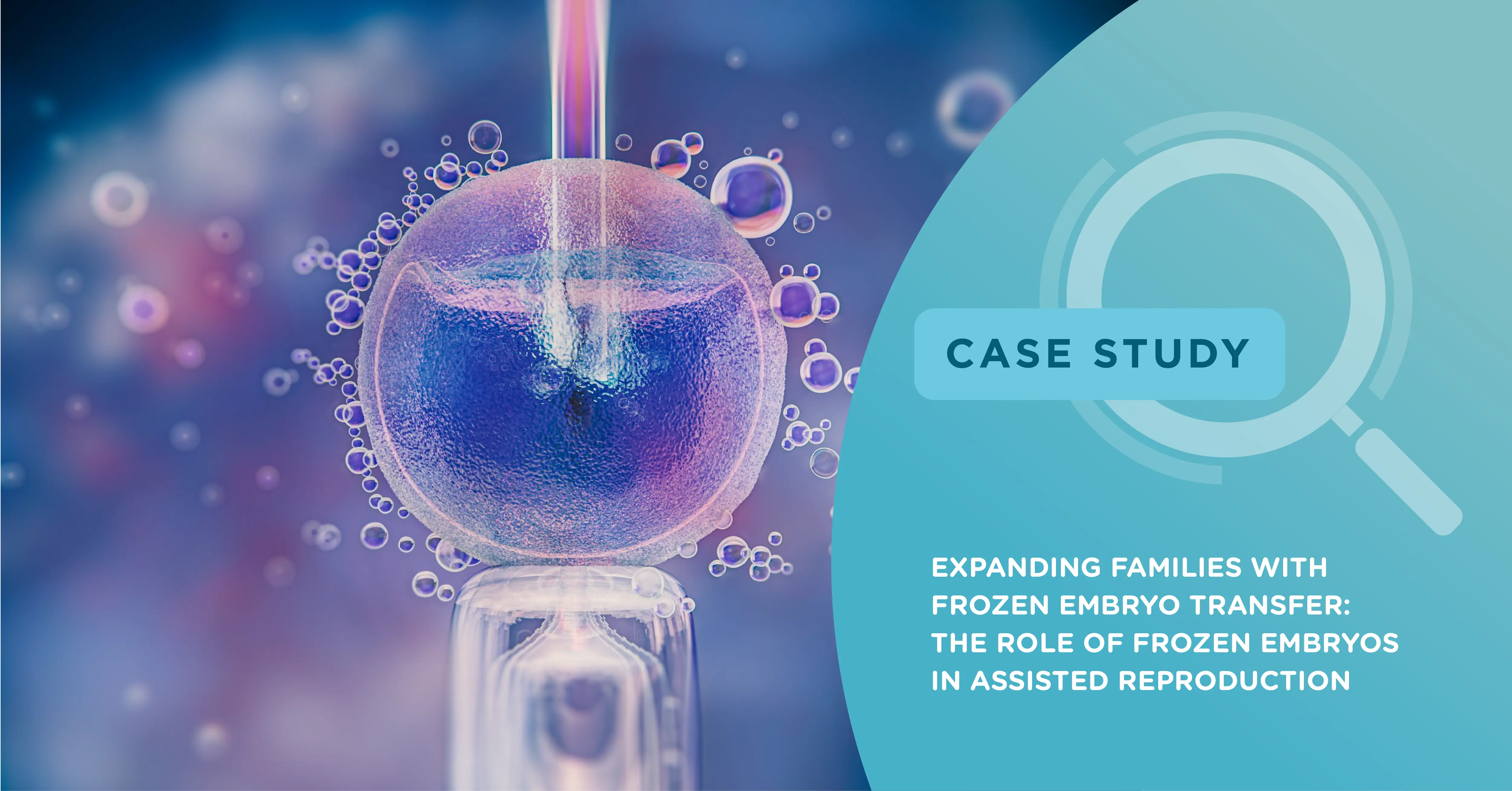

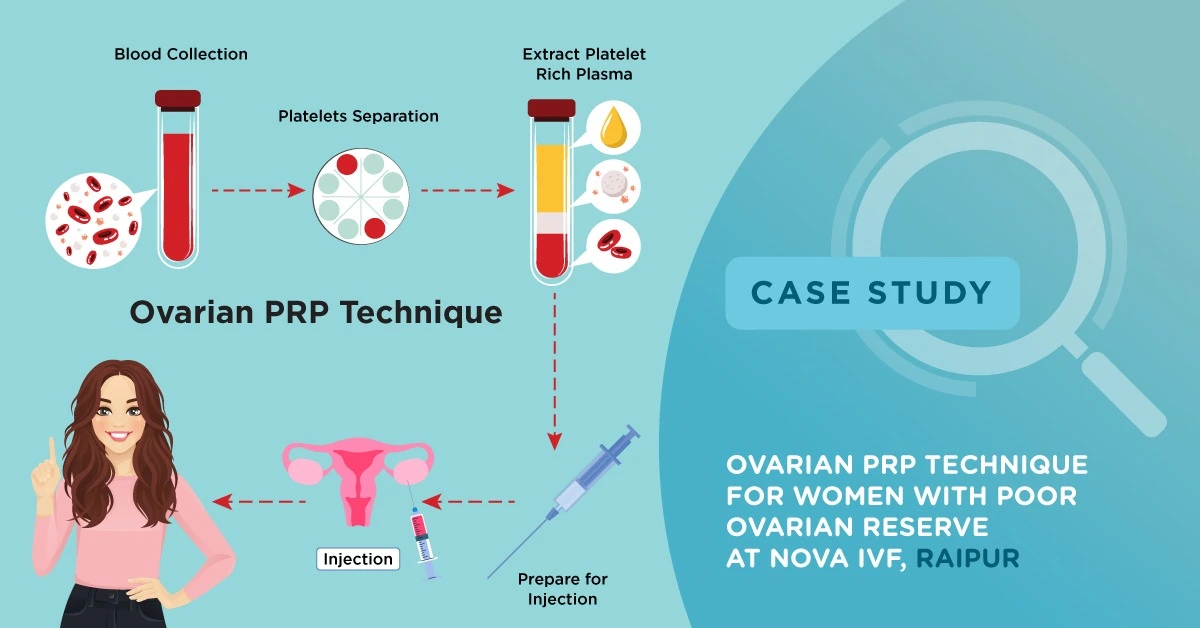
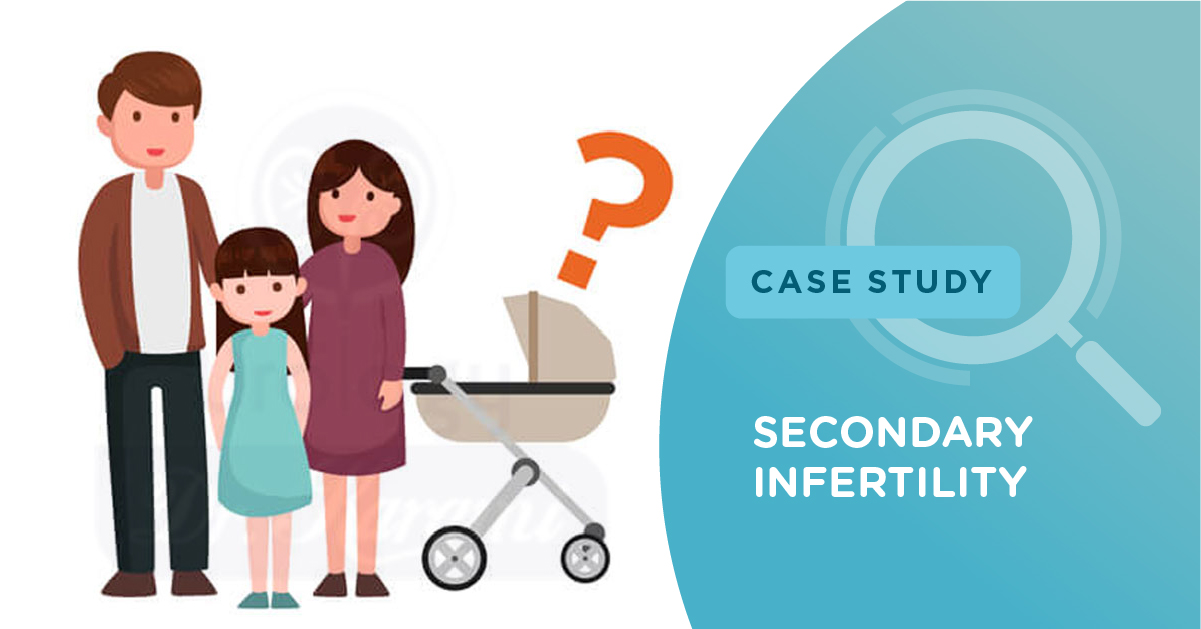
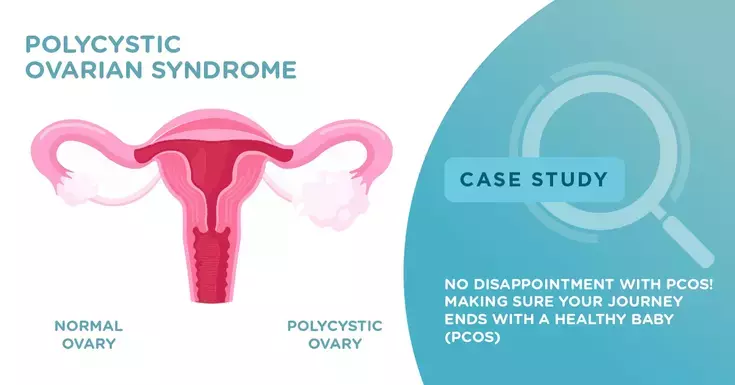






Add new comment